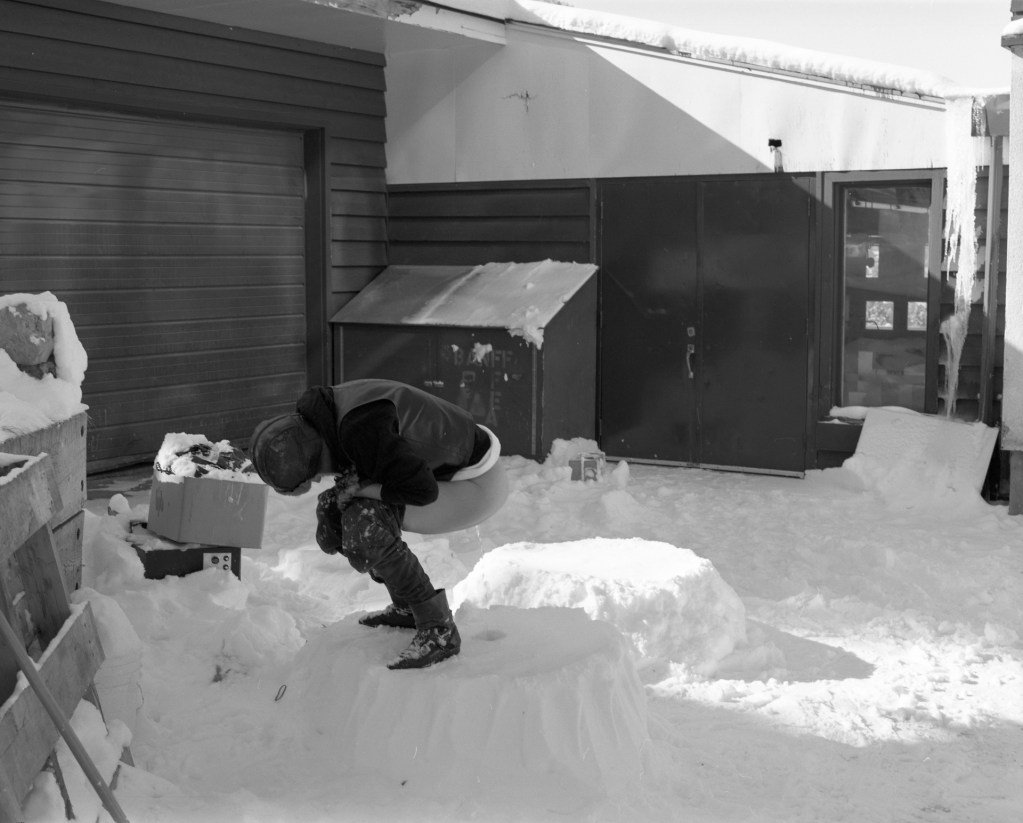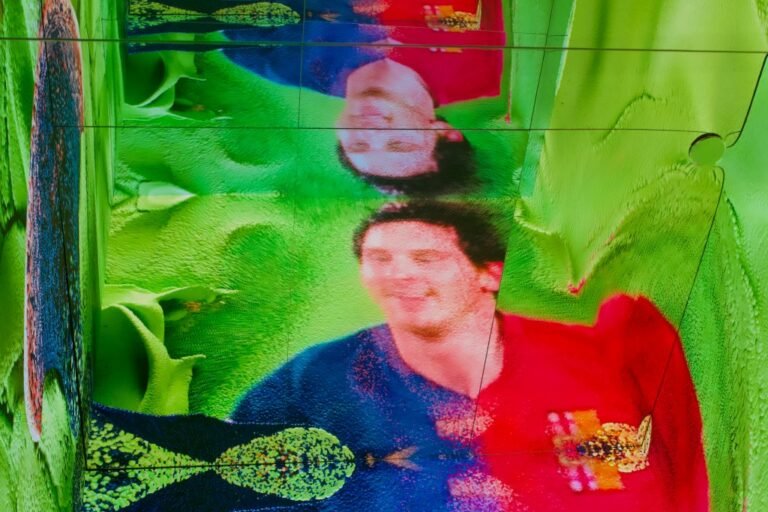


It is perhaps a testament to the enduring power of the titular British artist’s oeuvre that, even at a substantial 272 pages, Helen Chadwick: Life Pleasures still feels as if it is only scratching the surface of her work and life. Though critically celebrated during her lifetime, Chadwick gradually fell out of the contemporary discourse after her death in 1996; this publication coincides with her first major retrospective exhibition in more than 25 years, originating at the Hepworth Wakefield.
Chadwick was only 42 when she died unexpectedly, yet she had already built a compelling body of work and became one of the first women to be nominated for the Turner Prize. As a teacher, she was an important influence on the Young British Artists of the late 1980s, including her students Tracey Emin, Anya Gallaccio, and Sarah Lucas. Chadwick exhibited consistently throughout her career; her acclaimed 1994 exhibition Effluvia at the Serpentine Galleries broke the institution’s visitor record and brought international recognition, and a 1995 solo show at New York’s Museum of Modern Art led to invitations for 10 other exhibitions across the world.
Reading Life Pleasures was, for me, a delightful reencounter with works that transgress the boundaries of traditional materials. Chadwick deftly employed the organic and mundane — raw meat, rotting vegetables, pig intestines, human hair, dead fish, bubble bath, and bubbling chocolate — to confound our notions of desire and disgust and challenge the primacy of sight over our other senses. While such material adventurousness no longer shocks, contemporary conversations seem to have developed a collective amnesia for one of its foremost pioneers.

“Her art was mischievously unruly and luxuriously disruptive,” Laura Smith, director of collection and exhibitions at the Hepworth Wakefield and editor of the book, notes in her survey of Chadwick’s output through the decades. “Her endeavor was to stimulate an individual’s intuitive, involuntary reactions and sensations as a way of destabilizing the conditioned and constructed aspects of contemporary culture around sex, gender, death, beauty, class and power.”
Smith’s essay traces the evolution of Chadwick’s practice, beginning with student exhibitions at Brighton Polytechnic and her 1977 master’s thesis show, In The Kitchen — in which Chadwick and several female classmates performed in the nude, covered partially by handmade sculptures resembling kitchen appliances. She chronicles Chadwick’s first major solo exhibition, Of Mutability at the Institute of Contemporary Arts in London in 1986 and what is arguably her most famous work: “Piss Flowers” (1991–92), painted bronze sculptures cast from the mounds of compacted snow onto which Chadwick and her husband, David Notarius, had urinated.


Other contributions in Life Pleasures offer deeper analysis of key aspects of Chadwick’s work or biography. Philomena Epps takes a critical look at the role of desire, sexuality, the fetish object, and the erotic; Maria Christoforidou sheds light on the Hellenic influences in Chadwick’s work (the artist’s mother was a refugee from Athens and Chadwick later bought a small cottage in the Greek Peloponnese); and Katrin Bucher Trantow, Kunsthaus Graz chief curator, focuses on the artist’s use of flowers to disrupt cultural gender norms. While the essays sometimes overlap in the works they discuss, each contains the gift of a new perspective, much like how Chadwick prodded audiences to reconsider social constructs so pervasive as to be invisible. Decades before transgender and nonbinary people would become the targets of mainstream political attacks across the world, Chadwick was not only affirming the fluidity of gender, but also refuting rigid categorization and thinking of any type.
These commentaries are rounded out by Smith’s conversations with Notarius and Louisa Buck, an arts writer and friend of the artist who explains that Chadwick “was an intellectual Titan, she really had an incredible reach, an extraordinary brain and vast knowledge across science, art, popular culture — and when you were with her, this just bubbled up.”
Brief remembrances by nine of Chadwick’s students, friends, and collaborators provide moving testimony to both her warmth and intellect, while Chadwick’s own poem, “Piss Posy,” written in 1992 as a companion to “Piss Flowers,” offers a glimpse of her delightfully libidinous side.
The book’s inclusion of several sketches from her journals and contact prints, while illuminating, only stimulates the desire for more — to know more intimately this artist who, as Smith writes, “has been described variously as wicked, raunchy, funny, clever, fierce, brilliant, tough, confronting, provocative, meticulous, a genius, ahead of her time.”

Helen Chadwick: Life Pleasures (2025), edited by Laura Smith, is published by Thames and Hudson and available online and through independent booksellers.


